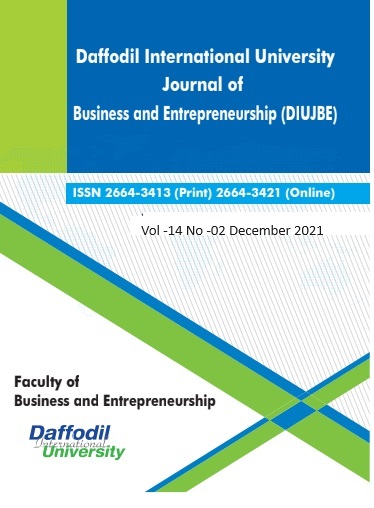A Theoretical Plethora of Modelling Actuarial Risk Aversion Coefficient
DOI:
https://doi.org/10.36481/diujbe.v014i2.qmt9hr58Keywords:
Equilibrium, Economics, Intregal, Risk aversion, FunctionalAbstract
The goal of the paper is to theoretically evaluate an approximate actuarial aversion risk coefficient in relation to future utility trend and discuss an analytic model for investigating the behaviour of risk aversion random risk together with the infiuence it exerts on utility function. By initiating Newton s process, the result shows that the scheme holder’s risk premium for small actuarially neutral risk , is the product ofhalfofthe aversion and the volatility term. The paper stresses the importance of numerical methods in actuarial risk theory and also brings our attention to risk measurement applications. Furthermore, it describes the procedure of estimating the intensity of aversion co-efficient using numerical algorithm. It relies heavily on the analytic properties of utility function whose gradient function does not vanish. The estimation of aversion coefficient lends credence to risk theory because of its potency to measure riskiness of insurance portfolio guiding both risk manager and scheme holder either or not to assume risk. However, the estimation of aversion involves a model based on the knowledge of differential equation.

